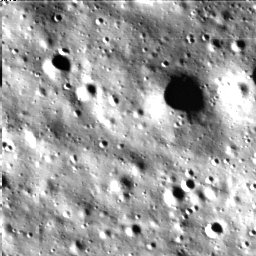With the successful landing of the Lander Module of ISRO’s third lunar mission Chandrayaan-3, India has reached the Moon. It has become the first country to land near the Moon’s south pole. This achievement not only marks a monumental step for India but also offers substantial benefits for the world at large.
The Moon’s south pole stands out with its extensive shadowed regions and frigid climate, suggesting the possibility of containing substantial deposits of water ice. These ice accumulations have formed over billions of years due to the extreme cold and limited exposure to sunlight. They hold immense value as resources for upcoming human missions, offering various applications such as drinking water, fuel generation, and life support systems. This unique region could play a crucial role in the establishment of potential lunar habitats.
The scarcity of sunlight at the lunar south pole has preserved its surface in a pure state, safeguarding the Moon’s historical records. Geological formations, rock structures, and impact craters found here offer invaluable insights into the Moon’s origins, evolutionary processes, and geological changes over vast timescales. By studying these features, scientists can uncover valuable information about the Moon’s development spanning billions of years.
The strategic proximity of water ice reserves near the Moon’s south pole presents an attractive prospect for the creation of lunar bases. The extraction and refinement of water resources become paramount for supporting extended missions and maintaining a human presence on the Moon. The perpetual shadowed areas in this region help stabilize temperature fluctuations, making them potential sites for constructing habitats that can bear up against extreme conditions.
Polar craters have acted as cosmic collectors, capturing materials from the early phases of the Solar system, including comets and asteroids. The Moon’s south pole emerges as a treasure trove for investigating these celestial bodies, offering insights into their origins and structures. By studying these substances, researchers can enhance their understanding of the broader mechanisms that influenced the formation and progression of the Solar system.
The Moon’s south pole provides great opportunities for conducting unhindered astronomical observations. With minimal interference from Earth’s atmosphere and light pollution, this location becomes ideal for conducting comprehensive explorations of space. Astronomers can delve into the study of remote galaxies, cosmic background radiation, and transient celestial events, yielding valuable information about the universe beyond our planet.
Chandrayaan-3’s success will also offer invaluable opportunities for more collaborations with prominent space organisations like NASA and European Space Agency (ESA) in near future.










